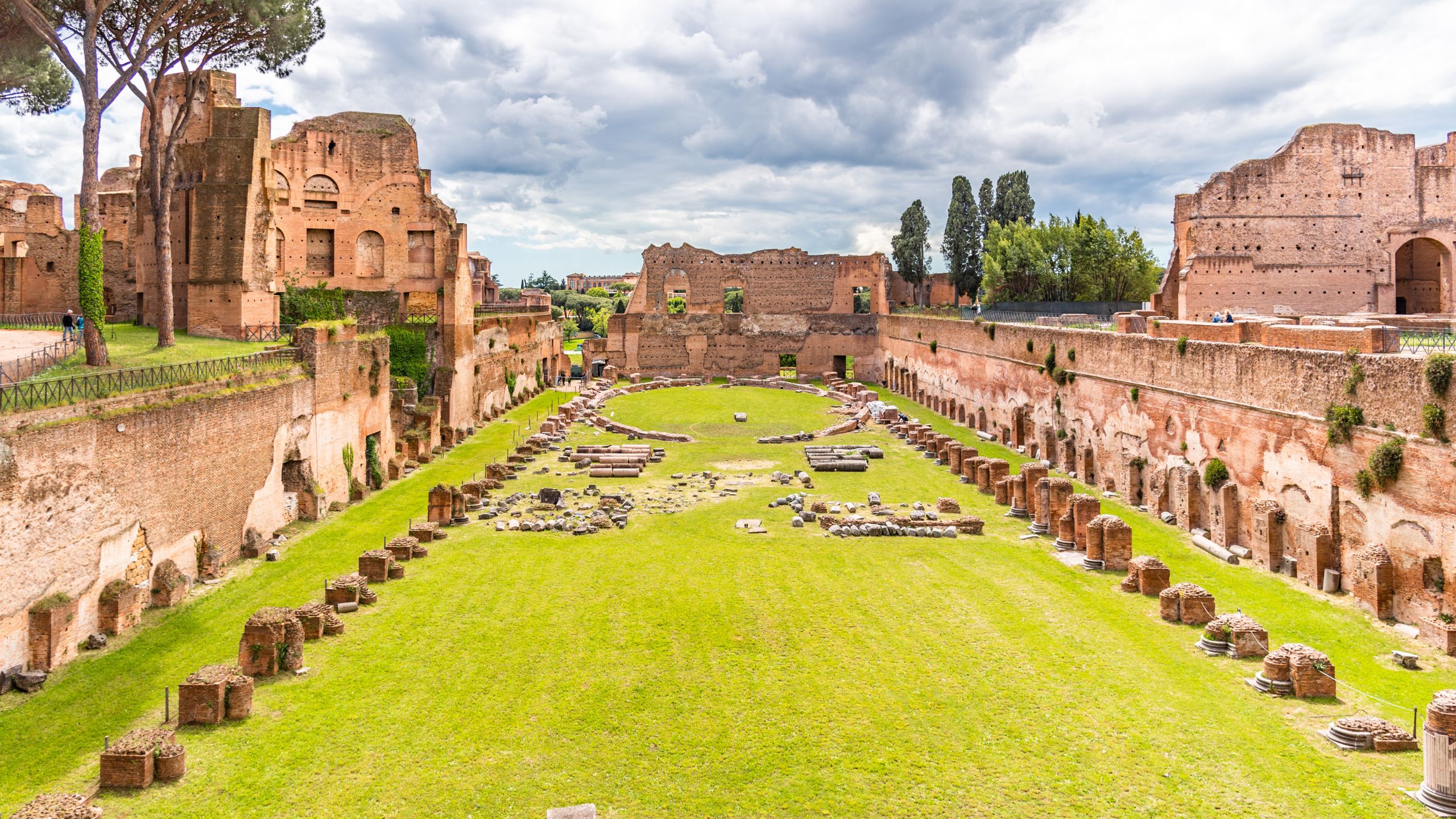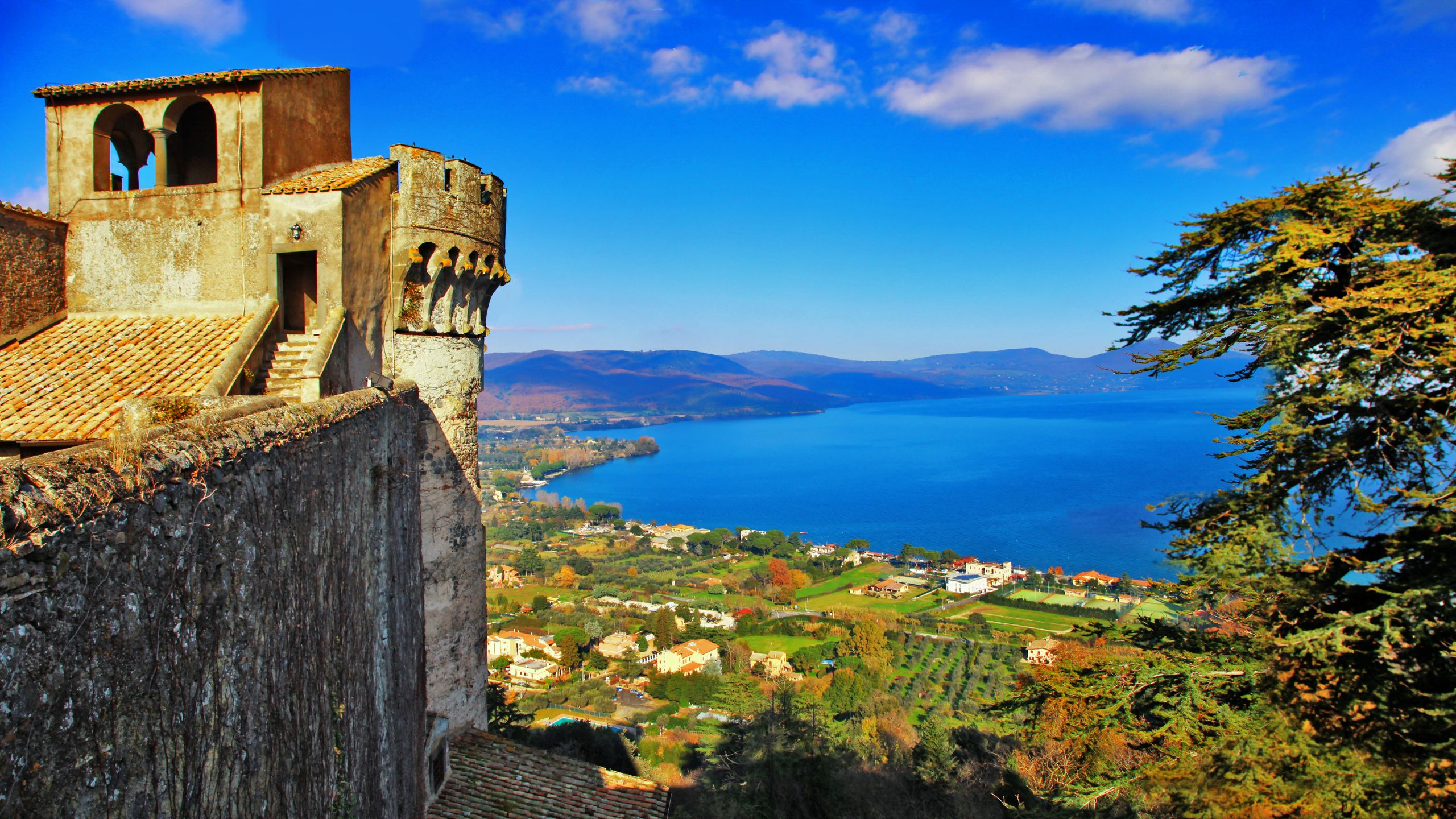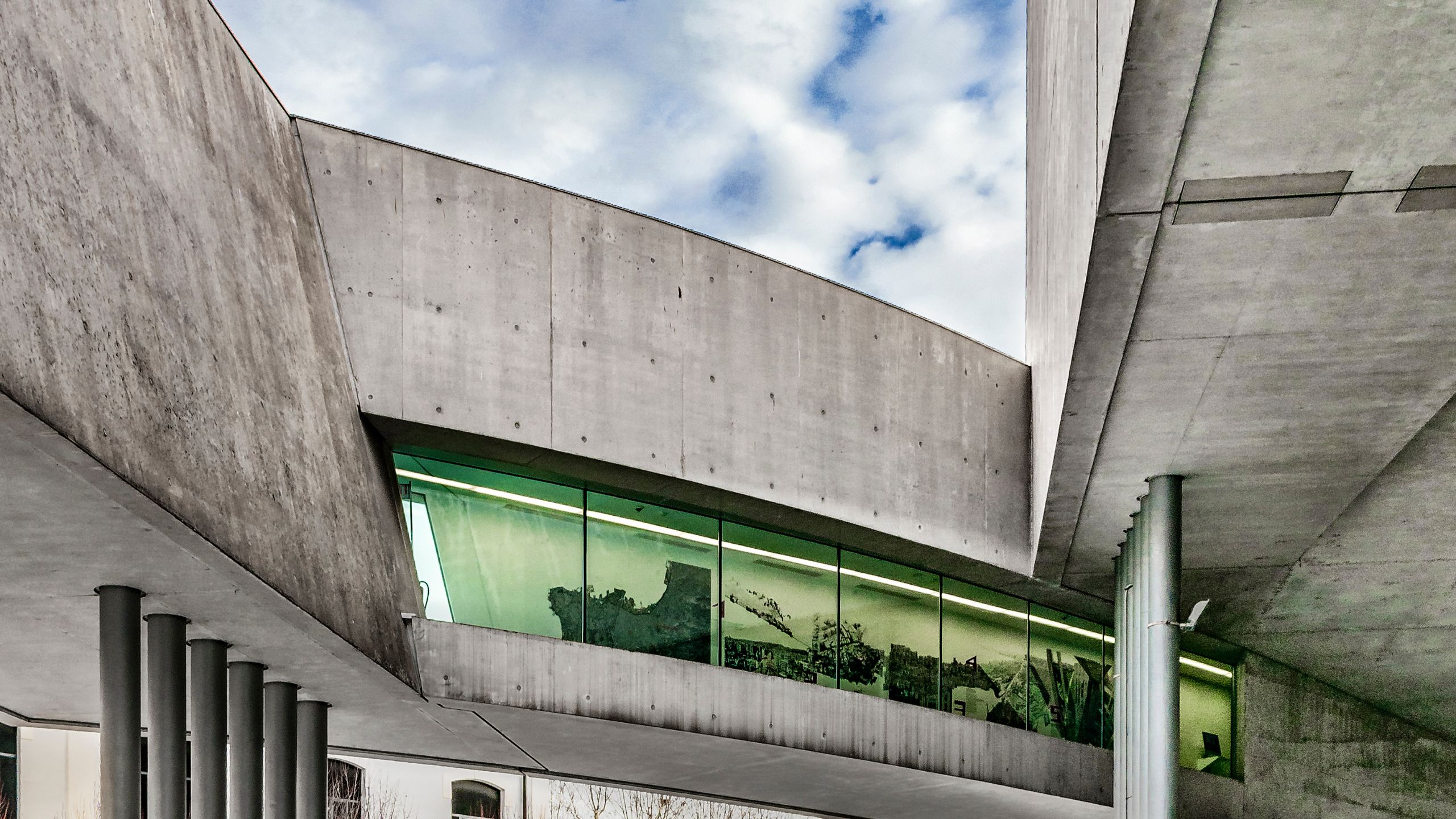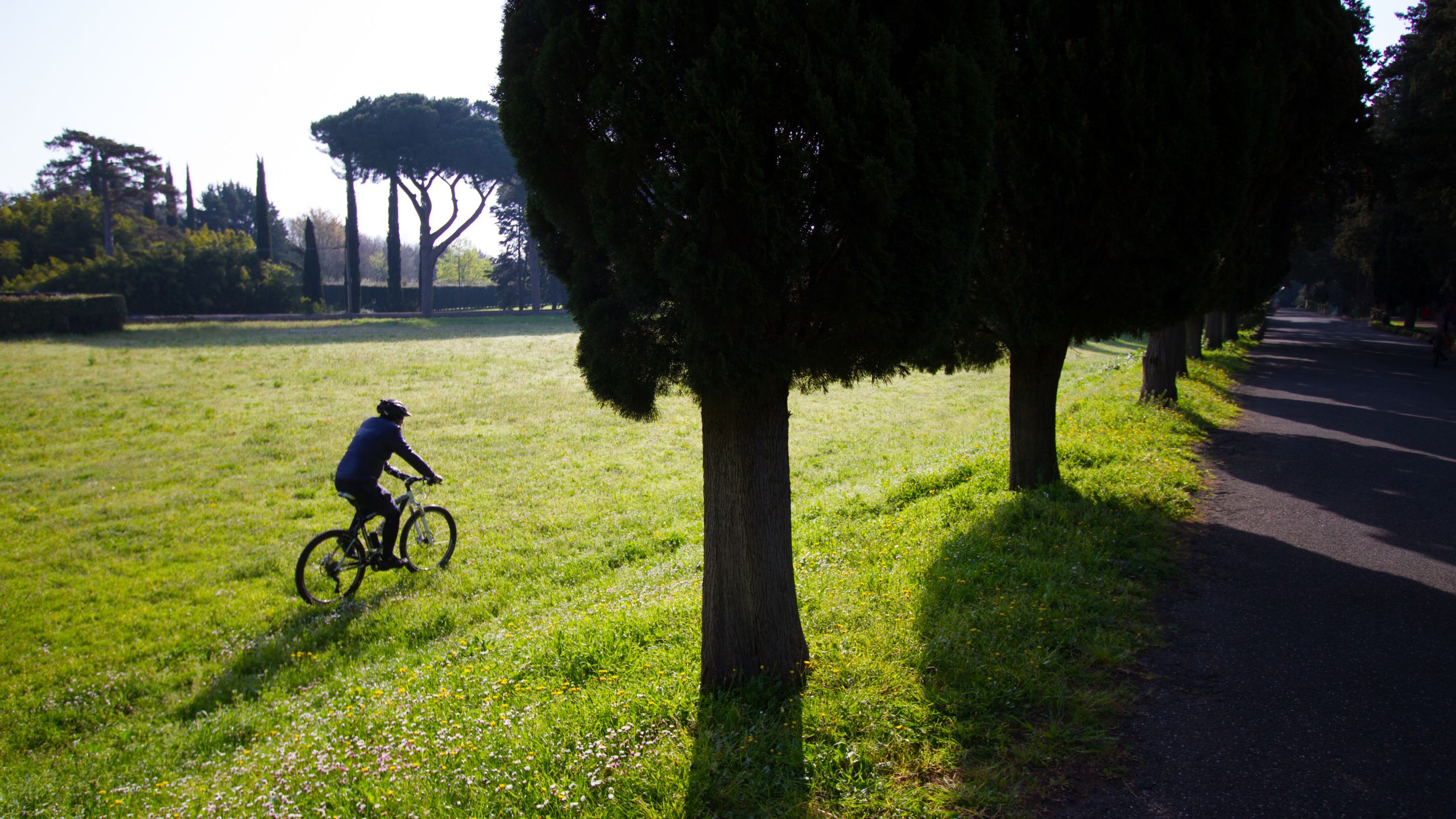A Stroll through Rome: An Archaeological Visit to the Palatine Hill, the Oldest Hill in Rome
Among Rome’s archaeological wonders, Palatine Hill holds a place of honor. Considered the birthplace of the Eternal City, this hill is the very spot where, according to legend, Romulus founded Rome in 753 BC. Walking through its ancient ruins means journeying through centuries of history, from the city’s mythological origins to the era of the emperors, passing through the residences of the Roman aristocracy. Today, the Palatine is an open-air museum, a place where the traces of the past emerge from every corner, offering visitors breathtaking views over the Roman Forum and the Circus Maximus. With its timeless charm, the Palatine is an unmissable destination for anyone wanting to immerse themselves in the grandeur of ancient Rome.
The Origins of the Palatine: The Birth of Rome
Palatine Hill is one of Rome’s seven hills and is the most steeped in history. According to the legend told by Virgil in the Aeneid, the Trojan hero Aeneas, fleeing the Trojan War, arrived in Latium, where his descendants later founded the city of Alba Longa. Eventually, it was Romulus, a direct descendant of Aeneas, who chose the Palatine as the site to found Rome, tracing the first sacred furrow that marked the city’s boundaries.
Archaeological discoveries confirm that the hill was inhabited as early as the 9th century BC, during the Iron Age. Excavations have unearthed ancient huts, which scholars believe could date back to the time of Romulus and the first Latin settlements.
During the Roman Republic, the Palatine became the residential district of the aristocracy, with magnificent villas decorated with frescoes and mosaics. With the rise of the Empire, the hill transformed into the imperial seat of power, becoming the political and administrative heart of Rome.
The Palatine Today: A Journey Through History and Archaeology
Today, Palatine Hill is a visit-worthy archaeological site within the Colosseum Archaeological Park, alongside the Roman Forum and the Colosseum. Here, visitors can admire imposing ruins, remnants of ancient imperial palaces, and stunning panoramic views. Strolling along its paths, one can discover remains of public and private buildings, temples, and gardens. Thanks to its elevated position, the Palatine offers a privileged view of the city, allowing visitors to admire Rome from a truly unique perspective.
The Wonders of the Palatine: What to See
The Palatine is a vast site, rich in historical monuments. Here are some of the most fascinating places you shouldn't miss:
The Domus Augustea: One of the most notable sites on the Palatine is the Domus Augustea, the private residence of Emperor Augustus. Located in the southwestern part of the hill, this palace is an extraordinary example of imperial architecture. The interiors were decorated with refined frescoes, some of which are still visible today, testifying to the splendor of Augustan Rome.
The House of Livia: Next to the Domus Augustea lies the House of Livia, attributed to the wife of Augustus. This residence is renowned for its well-preserved frescoes, depicting natural and mythological scenes. It is a rare example of Roman pictorial decoration, allowing visitors to imagine the grandeur of aristocratic residences in ancient Rome.
The Temple of Apollo Palatinus: In 36 BC, Augustus built the Temple of Apollo on the Palatine, dedicated to the god who, according to legend, protected him during the Battle of Actium. The temple was adorned with statues, marble columns, and bas-reliefs, and inside, it housed a copy of Virgil’s Aeneid. Today, only a few fragments remain, but its historical significance is undeniable.
The Farnese Gardens: Amidst the imperial ruins, visitors will find the Farnese Gardens, created in the 16th century by Cardinal Alessandro Farnese. This stunning Renaissance garden, enriched with fountains and panoramic terraces, creates a fascinating contrast with the ancient ruins surrounding it.
The Palatine and the Legend of Romulus and Remus
The Palatine is closely linked to the myth of Romulus and Remus, the twin brothers raised by the Capitoline she-wolf. According to legend, the twins were abandoned on the banks of the Tiber and found by a she-wolf, who nursed them in a cave known as the Lupercal, located on the Palatine Hill. Today, some archaeologists believe they have discovered the Lupercal beneath the remains of the Domus Aurea, once again demonstrating the deep connection between myth and reality in Rome’s history.
Visiting the Palatine: Practical Information
To fully enjoy the experience of visiting Palatine Hill, here are some useful tips:
• Opening Hours: The site is open daily, with hours varying depending on the season.
• Tickets: Entry to the Palatine is included in the combined ticket for the Colosseum and the Roman Forum. It is recommended to book online to avoid long waits.
• How to Get There: The Palatine is located in central Rome and is easily accessible by public transport. The nearest metro stop is Colosseo (Line B).
• Tips: Wear comfortable shoes, bring water and sunscreen, especially during summer months. The site is vast and requires at least 2-3 hours to explore thoroughly.
Why Visit the Palatine?
A visit to Palatine Hill is not just an archaeological experience—it’s a true journey through time. Here, among the imperial ruins and the legends of Rome’s foundation, one can feel the weight of history and imagine the city’s grandeur in its golden age. The Palatine is the very place where Rome was born, and walking through its remains means touching the history of a civilization that left an indelible mark on the world. If you want to discover a lesser-known but incredibly captivating side of Rome, don’t miss the chance to visit the Palatine. It will be an unforgettable experience, blending mythology, archaeology, and breathtaking landscapes.




